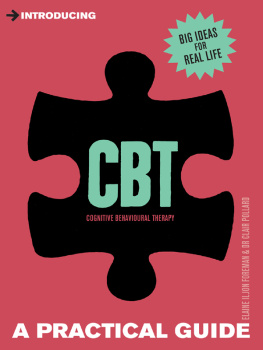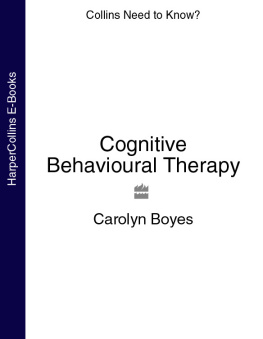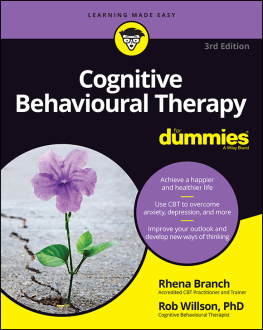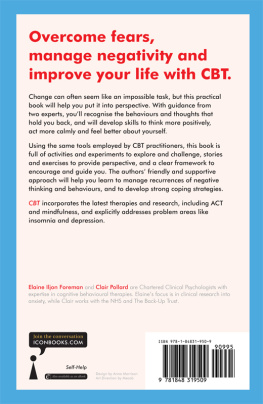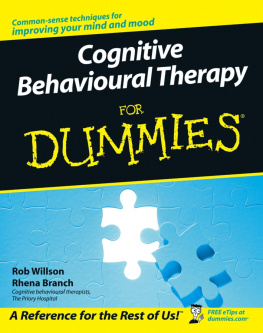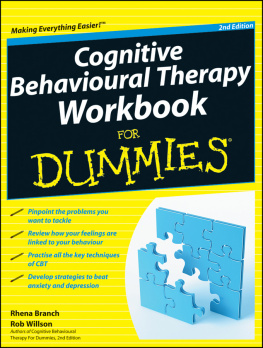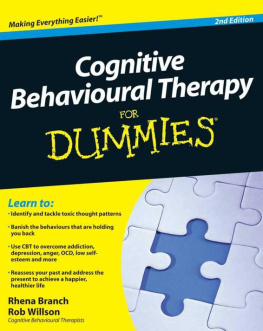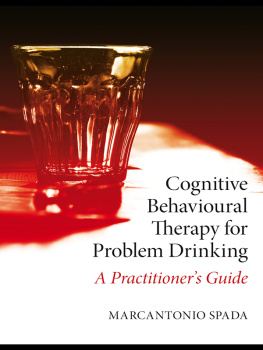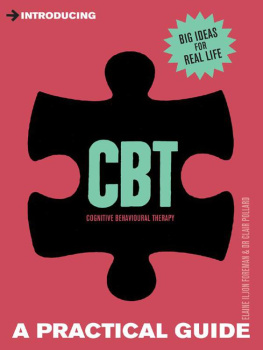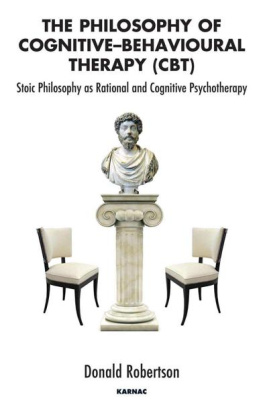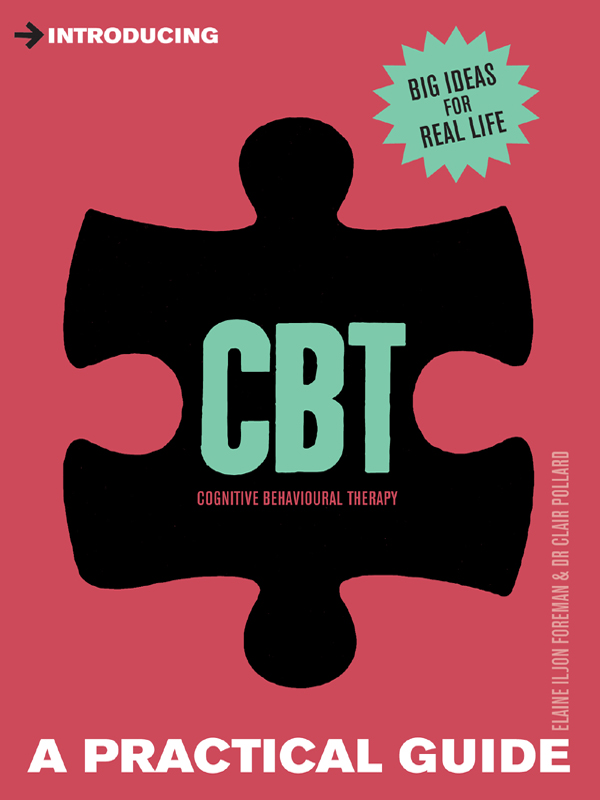
First published in the UK in 2011
by Icon Books Ltd,
Omnibus Business Centre,
3941 North Road,
London N7 9DP
email:
www.iconbooks.co.uk
This electronic edition published in the UK in 2011 by Icon Books Ltd
ISBN: 978-184831-323-1 (ePub format)
ISBN: 978-184831-324-8 (Adobe eBook format)
Printed edition sold in the UK, Europe,
South Africa and Asia
by Faber & Faber Ltd,
Bloomsbury House,
7477 Great Russell Street,
London WC1B 3DA
or their agents
Printed edition distributed in the UK, Europe,
South Africa and Asia
by TBS Ltd,
TBS Distribution Centre,
Colchester Road,
Frating Green,
Colchester CO7 7DW
Printed edition published in Australia in 2011
by Allen & Unwin Pty Ltd,
PO Box 8500, 83 Alexander Street,
Crows Nest, NSW 2065
Printed edition distributed in Canada
by Penguin Books Canada,
90 Eglinton Avenue East, Suite 700,
Toronto, Ontario M4P 2Y3
Printed edition published in the USA in 2011
by Totem Books
Inquiries to: Icon Books Ltd,
Omnibus Business Centre,
3941 North Road,
London N7 9DP, UK
Printed edition distributed to the trade in the USA
by Consortium Book Sales
and Distribution
The Keg House, 34 Thirteenth
Avenue NE, Suite 101,
Minneapolis, MN 55413-1007
Text copyright 2011 Elaine Iljon Foreman and Clair Pollard
The authors have asserted their moral rights.
No part of this book may be reproduced in any form, or by any means, without prior permission in writing from the publisher.
Typeset in Avenir by Marie Doherty
About the authors
Elaine Iljon Foreman is a Chartered Clinical Psychologist specializing in the treatment of anxiety-related problems. Her clinical research into Cognitive Behavioural Therapy techniques, developed over 30 years, has meant she is regularly in demand by the media for her expert contribution. Elaines research into the treatment of anxiety and particularly fear of flying has generated invitations to present her research in this field across Europe, the Americas, Australia, the Middle and Far East.
Dr Clair Pollard is a Chartered Clinical Psychologist and is accredited by the BABCP (British Association for Behavioural and Cognitive Psychotherapies). Clair works in the NHS with adults with mental health problems and for a charity called The Back-Up Trust, working with people with spinal cord injury. Clair has a particular interest in issues around adjustment to disability and in post-traumatic coping and growth.
Authors note
Its important to note that there is much frequently-used research employed in cognitive behavioural therapy. Where we know the source we have been sure to reference it, but our apologies here to the originators of any material if we have overlooked them.
Contents
1. Introducing CBT
Men are disturbed not by things but by the views which they take of them when, therefore, we are hindered, or disturbed, or grieved, let us never blame anyone but ourselves: that is, our own judgments.
Epictetus, Greek Philosopher
Cognitive Behavioural Therapy: where did it come from?
Some readers may be familiar with the name of Pavlov, and his early experiments in the 1900s looking at the way in which dogs can be conditioned to salivate at the sound of a bell. What many people dont know is that Pavlov was actually studying the digestive system of dogs and just happened to observe this conditioned reflex. However, he opened up a whole new field of study, allowing new insights into understanding the way in which animals learn. From there, it was but a small step to transfer this knowledge from four-legged to two-legged creatures. So the field of behaviour therapy was born. It stemmed from applying the principles of learning theory to shaping the behaviour of first animals and eventually humans, looking at ways in which altering behaviour might help alleviate psychological disorders.
Dr. Aaron Beck, originally a psychoanalyst, is generally credited with founding cognitive therapy in the 1970s. Working with depressed patients, he noticed they experienced a series of spontaneous negative thoughts, which he called automatic thoughts. He divided them into 3 categories: negative thoughts relating to the self, to the world and to the future. Working to identify and challenge these thoughts enabled patients to re-evaluate them more realistically. The result? The patients felt better and showed positive changes in behaviour. They became able to think in a more balanced, realistic way; to feel better emotionally and to behave in a more functional manner. The key concept of cognitive therapy concentrates on how we process information, organize it, store it, and relate new information to old. In cognitive therapy we focus on understanding the way in which humans think and applying these principles to the treatment of psychological disorders.
In the 1970s and 1980s furious debate raged over whether behaviour therapy or cognitive therapy held the key to understanding and overcoming psychological difficulties. Eventually, although there is no general agreement of exactly when, it became clear that this wasnt a contest with a winner and a loser. People neither operate on purely behavioural principles, nor live their lives based purely on thinking. It is in this realization that we find the roots of CBT.
There is an apocryphal tale of a paper written in the early 1990s. It was about understanding the nature and treatment of a particular anxiety disorder. The author believed in its importance (which author doesnt?!) and was convinced that the research had international significance. But there was a conundrum two world conferences appeared to address the subject matter. One was the World Congress of Behaviour Therapy, the other the World Congress of Cognitive Therapy. The two were apparently miles apart, the conceptual separation reflected geographically, with one taking place in Canada, the other in Australia!
How to make a decision? As a behavioural experiment, the author sent an identical abstract to both. The result? BOTH were delighted to accept the paper as truly representative of research in that field! This is actually no shaggy dogs tale the author in question is the first author of this book!
So what happened the following year? A historical first took place the first World Congress of Behavioural and Cognitive Therapies. This fortunately meant that from then on, Elaine only had to submit her research to one conference, instead of two!
Modern Cognitive Behavioural Therapy the CBT which this book explores applies principles of both schools of thought to the treatment of psychological distress. It looks at the way in which our thoughts, emotions, behaviours and physical states all interact to cause and maintain difficulties. Since we know all of these factors interact, it follows that altering any one of them will have an effect on the others. CBT focuses on the way we can change patterns of thinking and behaviour in order to feel better.
Now, nearly 20 years later, we are moving into what is called the third wave of CBT. Instead of just mind and behaviour, CBT is moving into domains previously addressed primarily by other traditions, in the hopes of improving both understanding and outcomes. Thus third wave therapies include concepts such as mindfulness meditation, acceptance, values and relationships. The emphasis in these newer ways of working is less on changing the content of thoughts; rather it is on changing our awareness
Next page
